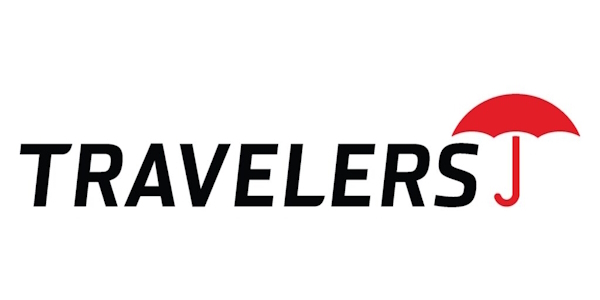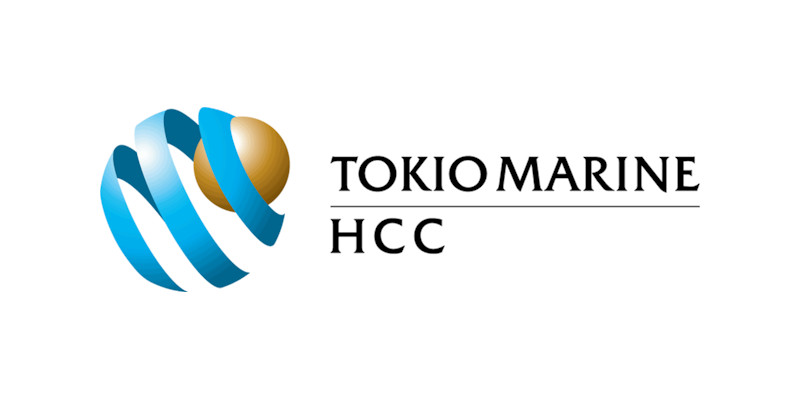Supply Chain Attacks
Securing the Weakest Link in Organizational Cybersecurity
Supply chain attacks have emerged as a critical threat to organizational cybersecurity, exploiting vulnerabilities in third-party vendors, suppliers, or software providers to infiltrate target organizations. This white paper examines the nature of supply chain attacks, their impact on businesses, and strategies for prevention and mitigation.
Understanding Supply Chain Attacks
Supply chain attacks leverage trusted relationships between organizations and their partners to bypass traditional security measures. By compromising components within the supply chain, attackers can simultaneously gain unauthorized access to multiple targets. The 2023 ENISA Threat Landscape Report indicates a 56% increase in supply chain attacks compared to the previous year, highlighting the growing prevalence of this threat.
Notable Incidents
Several high-profile breaches underscore the severity of supply chain attacks:
- SolarWinds Breach (2020): Attackers injected malicious code into SolarWinds’ Orion software, affecting thousands of organizations worldwide, including U.S. government agencies.
- Kaseya VSA Attack (2021): Hackers exploited vulnerabilities in Kaseya’s IT management software, enabling ransomware deployment on over 1,500 downstream organizations.
- Target Data Breach (2013): Attackers gained access through a compromised HVAC vendor, stealing payment card information from over 40 million customers.
Business Impact
The consequences of supply chain attacks can be far-reaching and severe:
- Data Breaches: Compromised supply chains can expose sensitive customer and corporate data.
- Operational Disruption: Attacks can disrupt critical services, especially in industries relying on interconnected systems.
- Financial Losses: Recovery and response costs, coupled with regulatory fines, can be substantial.
- Reputational Damage: Organizations may lose customer trust and credibility due to association with compromised vendors.
Prevention and Mitigation Strategies
To address the growing threat of supply chain attacks, organizations should implement a multi-faceted approach:
Vendor Risk Assessments
Regularly evaluate the security practices of all third-party vendors and suppliers. This process should include:
- Reviewing vendor security policies and procedures
- Assessing vendor compliance with industry standards
- Conducting on-site audits when necessary
Zero Trust Architecture
Implement a Zero Trust model to verify and authenticate all users and devices, including third-party connections. Key principles include:
- Continuous authentication and authorization
- Least privilege access
- Microsegmentation of networks
Secure Software Development Practices
Encourage vendors to adopt secure coding practices and perform regular security audits. This may involve:
- Implementing secure development lifecycle (SDL) methodologies
- Conducting regular code reviews and penetration testing
- Utilizing automated security testing tools
Supply Chain Monitoring
Employ tools and services to monitor vendors for emerging vulnerabilities and incidents. This can include:
- Real-time threat intelligence feeds
- Continuous monitoring of vendor security postures
- Automated alerts for detected anomalies
Contractual Security Obligations
Include security requirements and breach notification clauses in contracts with vendors. Key elements may include:
- Specific security controls and standards to be maintained
- Regular security assessments and audits
- Incident response and notification procedures
Incident Response Coordination
Develop comprehensive incident response plans that include coordination with vendors to address supply chain attacks. These plans should encompass:
- Clear roles and responsibilities for all parties involved
- Communication protocols for incident notification and updates
- Joint tabletop exercises to test response capabilities
Conclusion
Supply chain attacks represent a significant and growing threat to organizational cybersecurity. By exploiting the trust inherent in business relationships, these attacks can have devastating consequences for the targeted organization and its customers. Organizations must adopt a holistic approach that combines rigorous vendor management, advanced security technologies, and collaborative incident response strategies to mitigate this risk.
As the threat landscape continues to evolve, maintaining a secure supply chain will require ongoing vigilance, adaptation, and cooperation between organizations and their partners. By implementing the strategies outlined in this white paper, businesses can significantly reduce their exposure to supply chain attacks and enhance their overall cybersecurity posture.
Connected. Protected. Empowered.
We help businesses thrive in a digital world by delivering reliable AT&T connectivity solutions, advanced cybersecurity, and cutting-edge IT services. From high-speed internet to threat protection, we’re your one trusted partner for smarter, safer operations.
Request a Custom Quote
Tell us what you need, and we’ll build a solution around your goals and budget.
No Spam. Promise!














